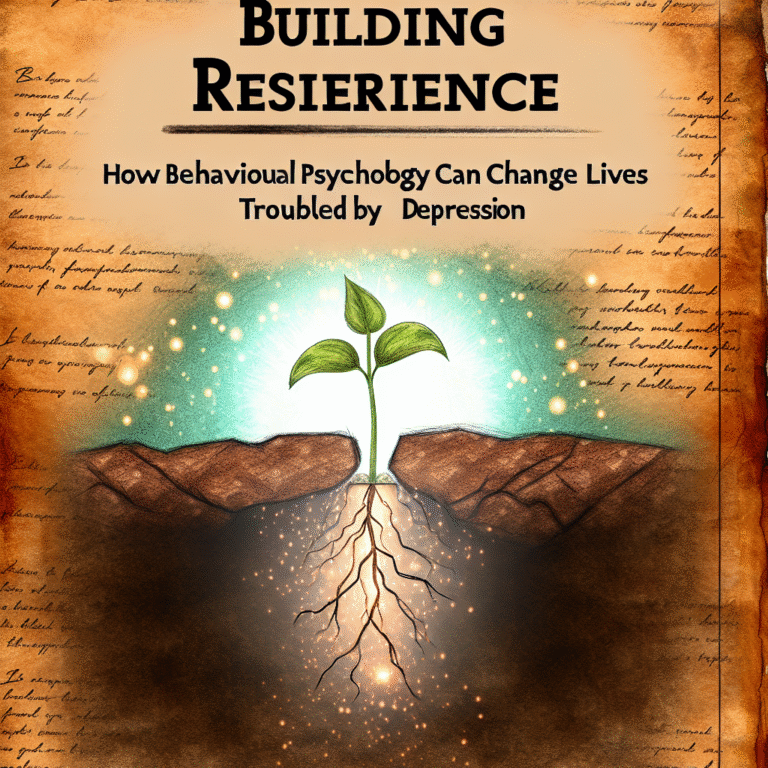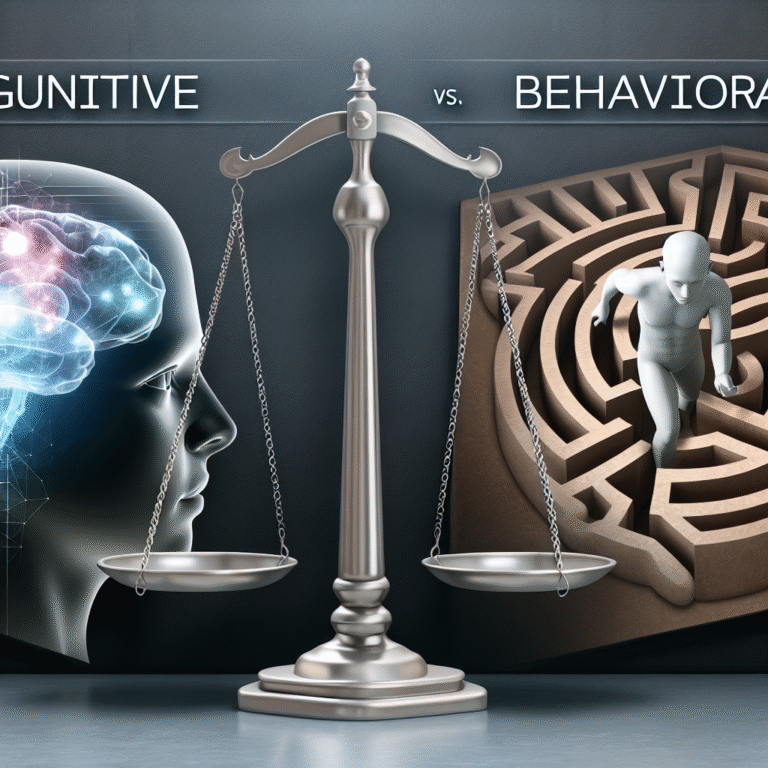
Unlocking Connection: Ten Proven Ways to Enhance Communication with Your Partner
Introduction
In today’s fast-paced world, meaningful relationships can often take a backseat to busyness, technology, and everyday stressors. The art of communication—once a natural instinct—can falter, leading to misunderstandings, frustration, and emotional disconnection. The importance of enhancing communication with your partner cannot be understated; it is the bedrock of any robust romantic relationship. So, how can we foster a deeper sense of connection with our significant others? This article explores Unlocking Connection: Ten Ways to Enhance Communication with Your Partner in a compelling and actionable manner, ensuring that your relationship flourishes in a climate of genuine understanding.
1. Practice Active Listening
Active listening is not just about hearing words; it’s about understanding the emotions and intentions behind those words. When we actively listen, we show our partner that their feelings matter.
Case Study: Consider Julia and Mark, a couple who frequently found themselves arguing about mundane topics. After attending a communication workshop, they began practicing active listening exercises. Julia learned to paraphrase Mark’s feelings before expressing her own. This simple shift reduced their conflicts and fostered deeper empathy.
Key Insights:
- Use non-verbal cues like nodding to encourage your partner.
- Reflect back what you hear to confirm understanding.
2. Create Dedicated Communication Time
With our busy schedules, finding time to connect can be challenging. Establishing a routine for dedicated communication can greatly enhance intimacy.
Case Study: Sarah and Tom, two professionals, found themselves exhausted after work, leading to superficial conversations. They set aside 30 minutes every Sunday evening for a “relationship check-in” where they discussed their feelings, concerns, and goals. This intentional approach helped them reconnect meaningfully.
| Week | Topics Discussed |
|---|---|
| 1 | Future Goals |
| 2 | Issues Resolved from Last Week |
| 3 | Appreciation and Gratitude |
| 4 | Fun Activities for the Month |
3. Embrace Vulnerability
Vulnerability can be intimidating, but it is crucial for authentic communication. Sharing fears and insecurities can create a safe space for both partners.
Case Study: Mark was afraid to share his feelings of inadequacy with his partner, Lisa. After they started communicating more openly, he expressed his fears. Rather than pushing him away, this honesty brought them closer together.
Key Insights:
- Recognize that vulnerability is a strength, not a weakness.
- Start small by sharing little fears or stresses.
4. Utilize “I” Statements
Often, our communication can slip into blame language, which causes defensiveness. Using “I” statements helps focus on your feelings rather than accusations.
Case Study: During a critical discussion, Mia would say, “You never help around the house!” This typically resulted in an argument. After switching to “I feel overwhelmed when I do things alone,” Mia noticed Mark was more receptive and willing to help.
| Statement Type | Example |
|---|---|
| Blame | "You never listen to me." |
| “I” Statement | "I feel unheard when you don’t look up from your phone." |
5. Be Mindful of Non-Verbal Communication
Our body language, tone, and facial expressions play a crucial role in how our words are interpreted. Being mindful of your non-verbal cues can transform communication.
Case Study: During their therapy sessions, Rachel often looked away or crossed her arms while discussing topics with her partner, Sam. Once they addressed her body language, Rachel made a conscious effort to maintain eye contact, which improved the flow of their conversations.
6. Engage in Regular Check-ins
Life can get busy, and regular check-ins are essential for sustaining connection. These discussions can be about your relationship, goals, or simply what you love about each other.
Case Study: Lena and Jason scheduled a weekly coffee date to discuss their week and feelings. This ritual transformed their relationship dynamic, allowing them to express what worked and what didn’t openly.
| Check-in Topic | Description |
|---|---|
| Weekly Reflections | Discuss what went well this week. |
| Challenges | Share any difficulties faced. |
| Goals | Talk about upcoming plans or aspirations. |
7. Cultivate Empathy
Understanding your partner’s feelings is key to effective communication. Cultivating empathy can be a powerful way to connect.
Case Study: After a heated disagreement, Ben learned that showing empathy could help repair the rift. By acknowledging his partner’s feelings and validating her perspective, their discussions transformed from arguments into collaborative problem-solving.
8. Use Technology Wisely
While technology can be a source of distraction, it can also enhance communication when used thoughtfully. Sending loving texts or quick voice messages can keep the connection alive throughout the day.
Case Study: Tara and Ethan used a shared calendar app to leave sweet notes for each other. These digital touches enhanced their daily communication and helped them feel connected even when apart.
9. Find Common Activities
Engaging in shared activities can create natural opportunities for conversation and connection. Whether it’s cooking together or taking walks, these moments foster a supportive environment for communication.
Case Study: Lucy and Mike realized that their busy schedules were affecting their communication. They began cooking dinner together every night, which led to hours of easy conversation, laughter, and bonding.
10. Seek Professional Guidance if Needed
Sometimes, the challenges in communication can feel overwhelming. Seeking professional help—like couples therapy—can provide valuable tools and strategies to enhance your bond.
Case Study: After several months of miscommunication, Anne and Paul decided to see a therapist. Their sessions not only improved their communication but also helped them explore underlying issues in their relationship.
Conclusion
By implementing these Unlocking Connection: Ten Ways to Enhance Communication with Your Partner, you can create a deeper, more fulfilling relationship. Every effort made to improve communication is an investment in your relationship’s strength and longevity. Remember, effective communication is an ongoing journey, not a destination. The more you practice these strategies, the more natural they will become, ultimately leading to a closer, more connected partnership.
FAQs
1. What if my partner refuses to communicate?
Start by establishing an environment of trust. Share your feelings about communication and express your willingness to improve together.
2. How can I tell if my partner feels comfortable communicating?
Look for cues such as eye contact, openness in body language, and willingness to engage in discussions. If they seem reserved, consider easing into vulnerable topics gradually.
3. How do I handle disagreements constructively?
Focus on using “I” statements, stay calm, and listen actively. Try to understand your partner’s viewpoint, which can often prevent escalation.
4. Is it wrong to want to communicate all the time?
It’s essential to find a balance. While regular communication is vital, both partners should feel comfortable setting boundaries that work for them.
5. Can communication issues lead to relationship problems?
Absolutely. Poor communication can create misunderstandings and resentment, which can damage the overall relationship if left unaddressed.
By employing these ten strategies, you can transform communication in your relationship from a source of frustration to a powerful tool for growth and connection. Make the effort today—your partner and your future self will thank you!
















